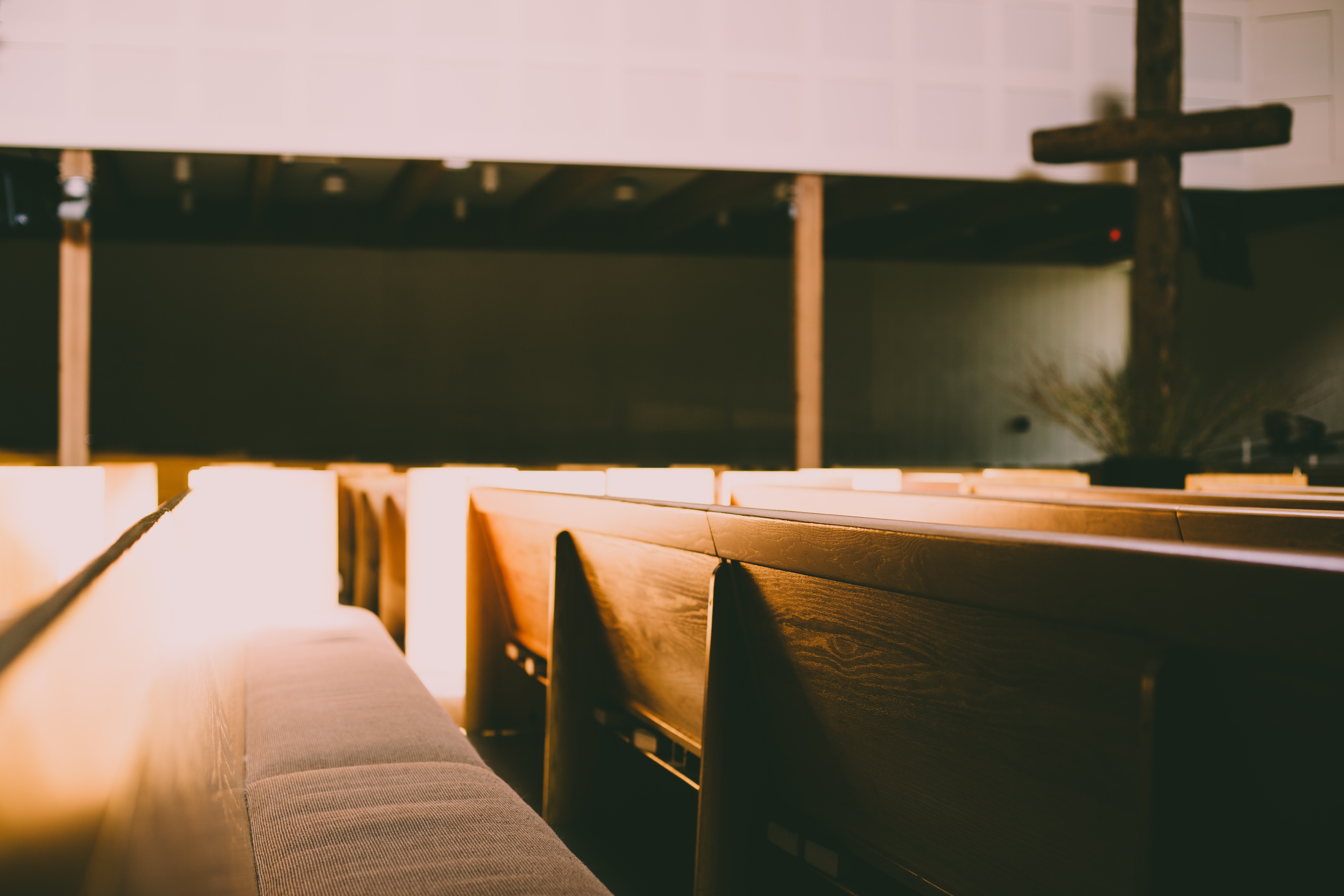Sustainability and Church Leadership
Sustainability probably wasn’t at the forefront of your mind when you planted your church, and it’s probably not the first impression your community has about your church. But what if we could change the way churches approach sustainability in their community?
This blog is going to explore how your church can offer sustainability solutions to your community, an increasingly important task.
First, let’s take a deeper look into what sustainability actually is and how it can be defined in the context of your church, so we can better understand why it’s important.
What is sustainability?
Investopedia defines sustainability practices as “meeting the needs of the present without compromising the ability of future generations to meet their needs.” This definition encompasses both broad and focused commitments to sustainability.
Many companies are changing their practices, focusing on making large-scale changes to commit to a better future for humanity and the planet. Investopedia further explores sustainability through three pillars: social, economic, and environmental.
While large-scale moves are important, today we are going to focus on smaller, more manageable changes your church can make for its community that will still have an impact on all three pillars.
Why sustainability?
It’s a word that can have negative connotations for organizations that struggle with growth or finances. Before moving forward, try to remove this connotation from your mind, and allow us to impart the importance of having sustainably-minded goals for your church.
Without a doubt, your church cares about its community, right? This means caring for it in the current moment, a year from now, and even ten years from today. The goal should be that in ten years, your church will have grown and changed, but more importantly, it will have remained relevant in the community while continuing to support this changing landscape.
The idea is to create a plan to help your community move toward bigger sustainability goals while utilizing resources you already have, without compromising your time and money.
By investing in your community, especially with the lens of sustainability, you are showcasing your commitment to adaptability and relevance within your community. This is imperative to growth, and you might surprise yourself with the benefits you see from making changes.
Sustainability in the church
As mentioned above, we’re going to look at small-scale steps you can take in your church to be more sustainably minded. We chose steps that will scale back on energy and resources. Some of these may have an initial investment but will save your church money in the long run. Ready to learn how to save your church resources AND show up for your community?
Energy, Water, and Waste Building
You can find some great breakdowns of energy costs online, and what re-investing in energy-saving products looks like for an organization. For example, “if energy makes up a quarter of your business costs, then a 20% energy savings reflects a 5% increase in overall profit.”
Here are a few ways they suggest ramping up to 20% energy savings:
- Find and fix any leaks in your building
- Switch light bulbs with energy-efficient bulbs, like CLF’s and LED’s
- Get into the habit of turning off and unplugging energy sources while they aren't in use
- Check seals around doors and windows (and make repairs) to prevent cool/warm air loss
- If you have older toilets, refrigerators, or even washers/dryers in your building, consider upgrading (serious cost savers here)
- Reduce/reuse/recycle, right? You might not see the immediate benefits from this, but it’s important to do this where you can
Building
One of the biggest challenges this country faces that is often overlooked is abandoned buildings. Last year saw a significant decline in the use of commercial space, according to the New York Times, leaving cities with a serious problem.
This happens for a multitude of reasons, one of them being that commercial spaces are largely unaffordable, so when businesses or small organizations commit to a long-term lease and experience unexpected hardships, they can be removed from their buildings. This leaves them in a tricky spot that is difficult to overcome.
Many churches have had to close their doors for this reason alone, but there’s a solution.
This is where space sharing has entered the picture.
If a church has an overhead of $3,000/mo and uses it for ~9 hours a day, ~5 days a week, for a total of ~45 hours a week that you use your space. If they are paying for 24/7 use, a whole 168 hours a week, (we’re counting the late/early hours because you may not thrive during those hours, but a lot of people do!) then there’s a lot of loss of resources there.
Using a space 45 hours out of 168 hours is only 26% of the time, and this means that you’re paying $3,500 even though you’re using your space for $910. That’s a really high overhead for the actual usage.
It doesn’t have to be that way. Sharing your space for one day a week ~$150/day* would lower your overhead by $600 each month.
This is an incredibly sustainable effort that will help keep businesses thriving, so they can eventually afford their own spot, lessening the number of buildings that go abandoned.
Before you go
Your church can help become part of the solution to sustainability issues by incorporating these low-cost practices, and if you’re curious about sharing space, we’d love to help you get started. Reach out to our team and we can discuss options for your organization.
“A small group of thoughtful people could change the world. Indeed, it’s the only thing that ever has.” – Margaret Mead
Our Recent Blogs:







